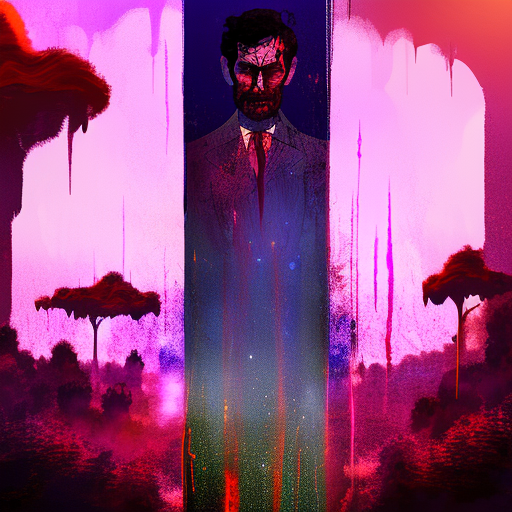One-line summary:
“Lincoln in the Bardo” is a haunting and imaginative novel that explores grief, loss, and the afterlife through the lens of President Abraham Lincoln’s personal tragedy.
The Bardo and the Afterlife:
In “Lincoln in the Bardo,” author George Saunders introduces readers to the concept of the Bardo, a Tibetan Buddhist term for the transitional state between death and rebirth. Set in 1862, the novel takes place in a Georgetown cemetery where the spirits of the deceased reside, trapped in the Bardo. These spirits, unaware that they are dead, cling to their former lives and struggle with their own personal regrets and desires.
A Grieving President:
The central figure of the novel is President Abraham Lincoln, who is mourning the death of his beloved son, Willie. Stricken with grief, Lincoln visits the cemetery to spend time with his son’s body, which is temporarily interred in a crypt. As Lincoln grapples with his sorrow, the spirits in the Bardo observe and comment on his anguish, offering their own perspectives on life, death, and the nature of existence.
The Power of Connection:
Throughout the novel, Saunders explores the power of connection and the ways in which individuals are interconnected, even in death. The spirits in the Bardo, who initially seem isolated and self-absorbed, gradually come to understand the importance of empathy and compassion. As they witness Lincoln’s grief and reflect on their own lives, they begin to form a community and find solace in their shared experiences.
In addition to the spirits, the novel also introduces a cast of characters from various walks of life, including a young boy who died tragically, a middle-aged man who committed suicide, and a woman who was abandoned by her husband. Through their stories, Saunders emphasizes the universal nature of suffering and the need for human connection.
The Nature of Reality:
“Lincoln in the Bardo” challenges traditional notions of reality and explores the idea that our perceptions shape our understanding of the world. The spirits in the Bardo exist in a state of flux, their appearances and identities constantly shifting. This fluidity reflects the impermanence of life and the idea that reality is subjective.
Saunders also incorporates historical accounts and excerpts from various sources, blurring the line between fact and fiction. By juxtaposing these snippets with the fictional narrative, he raises questions about the nature of truth and the ways in which history is constructed.
At its core, “Lincoln in the Bardo” is a meditation on grief and the human condition. Through his inventive storytelling and lyrical prose, Saunders explores the depths of sorrow and the resilience of the human spirit. The novel reminds us that even in the face of tragedy, there is hope and the potential for healing.
- The power of empathy and compassion in overcoming grief and isolation.
- The interconnectedness of all individuals, even in death.
- The fluid nature of reality and the subjective nature of perception.
“The truth is, I was always lonely. Loneliness came in waves, like a fever. Sometimes I gave in to it and sank to the bottom of my heart, where I lay motionless, like a stone covered in moss; other times I fought it and swam back up to the surface, gasping for air.”
In “Lincoln in the Bardo,” George Saunders weaves a haunting and imaginative tale that explores the depths of grief and the complexities of the afterlife. Through the lens of President Abraham Lincoln’s personal tragedy, the novel delves into themes of connection, the nature of reality, and the power of empathy. Ultimately, Saunders reminds us that even in the face of profound loss, there is the potential for healing and the enduring strength of the human spirit.












